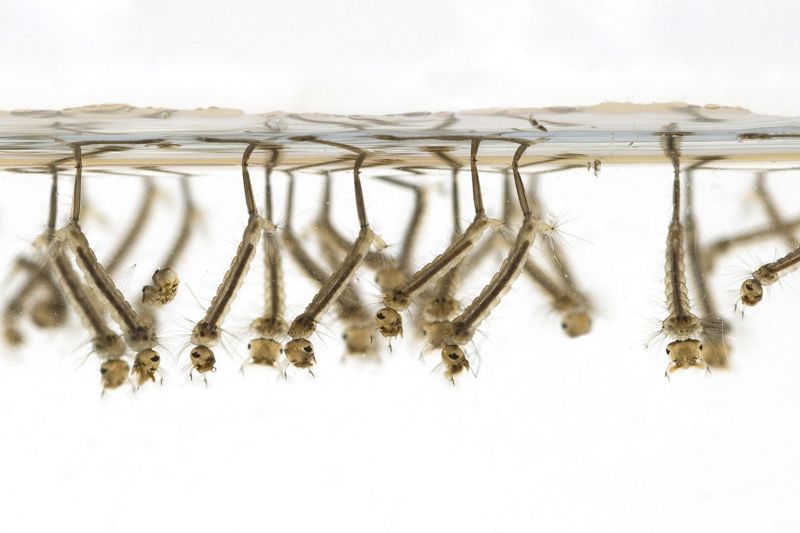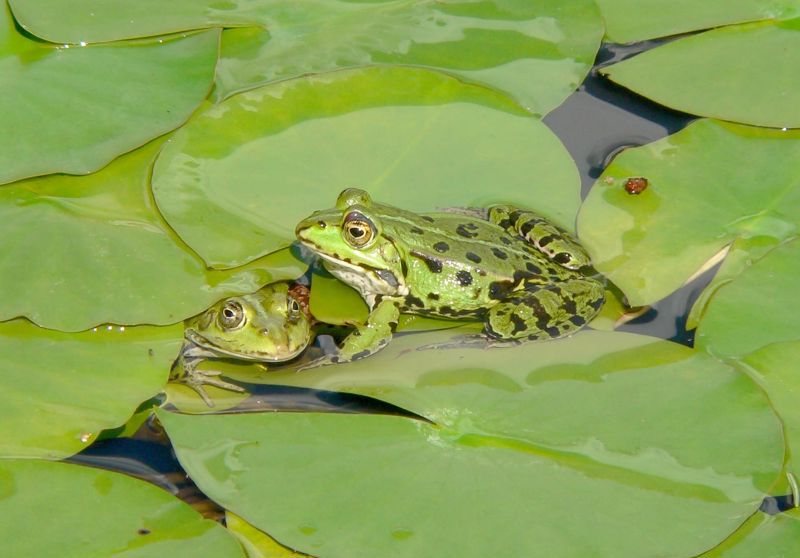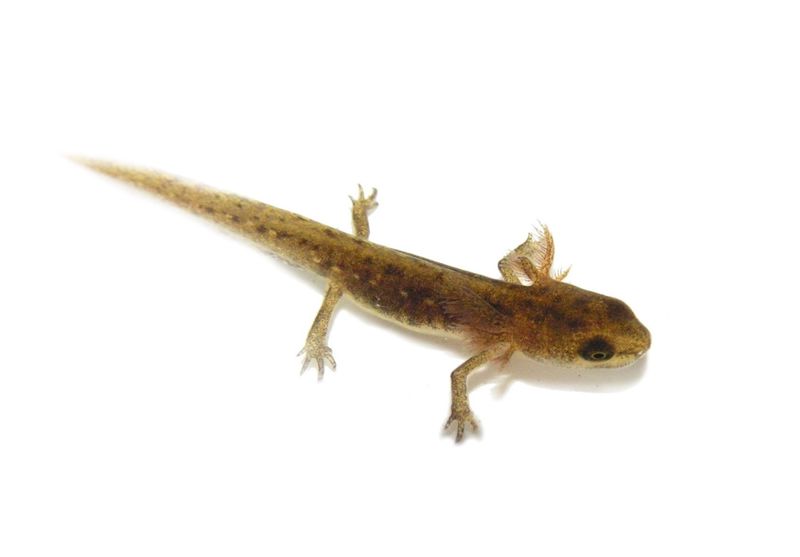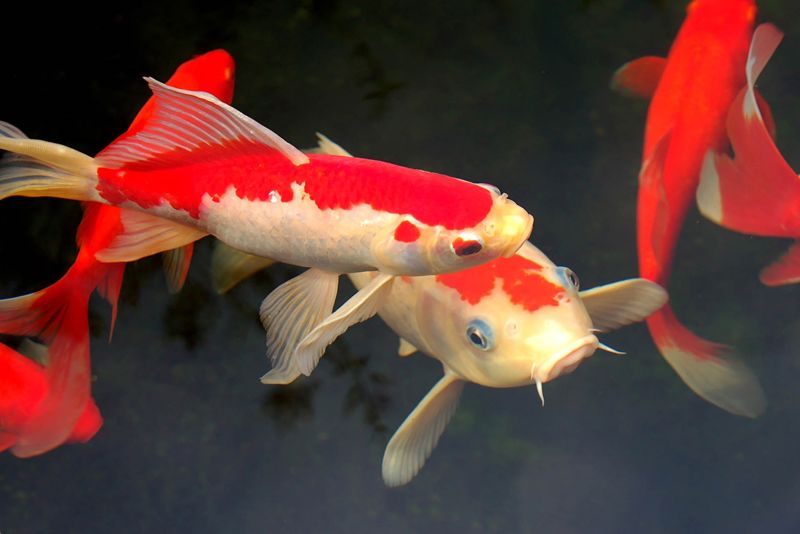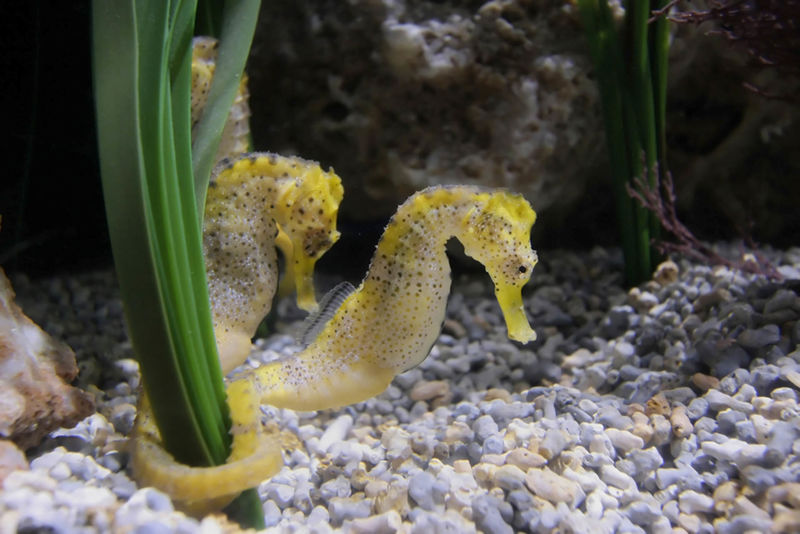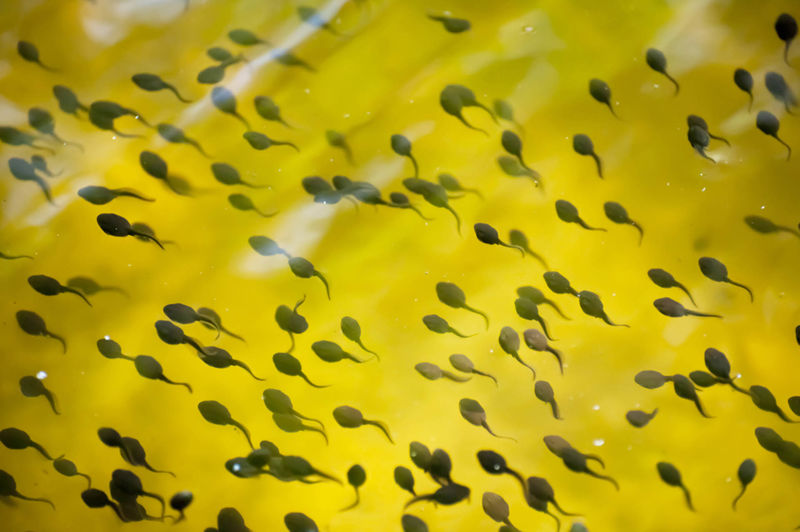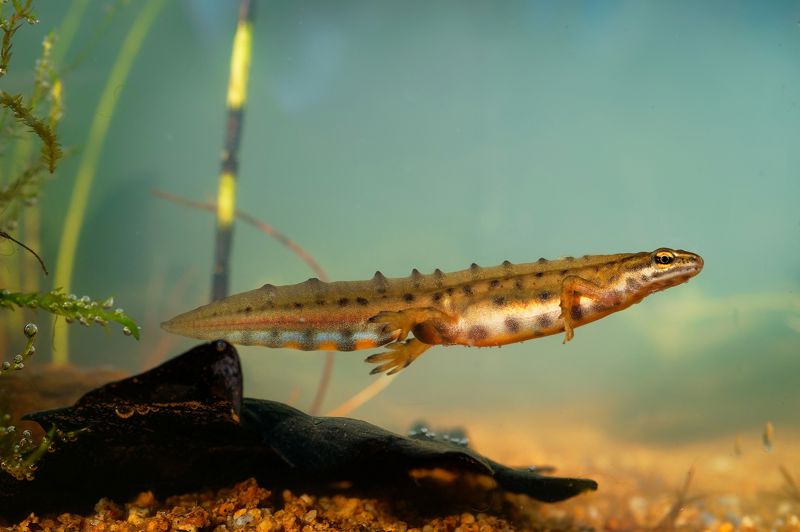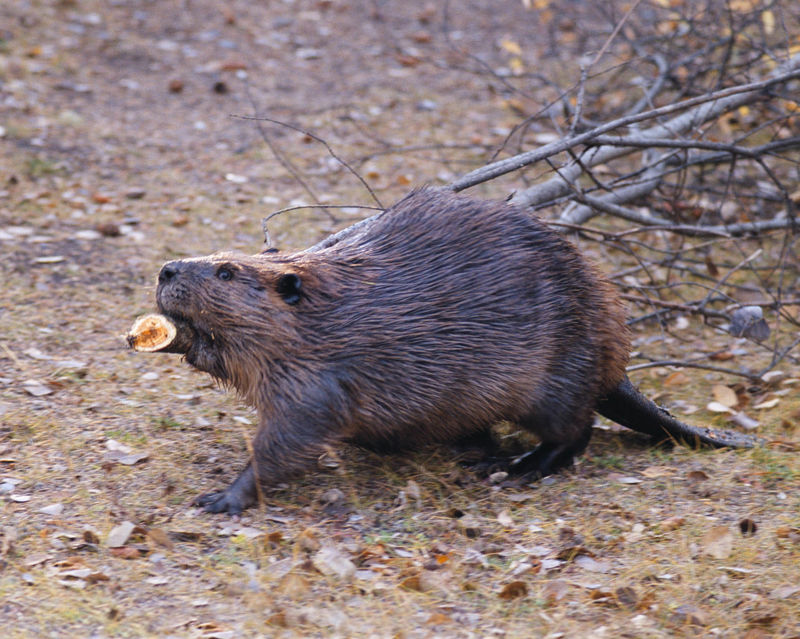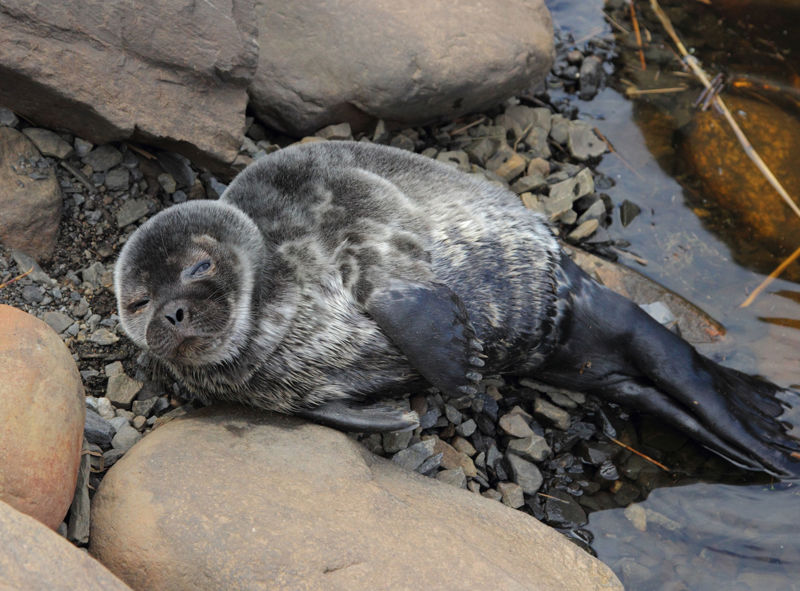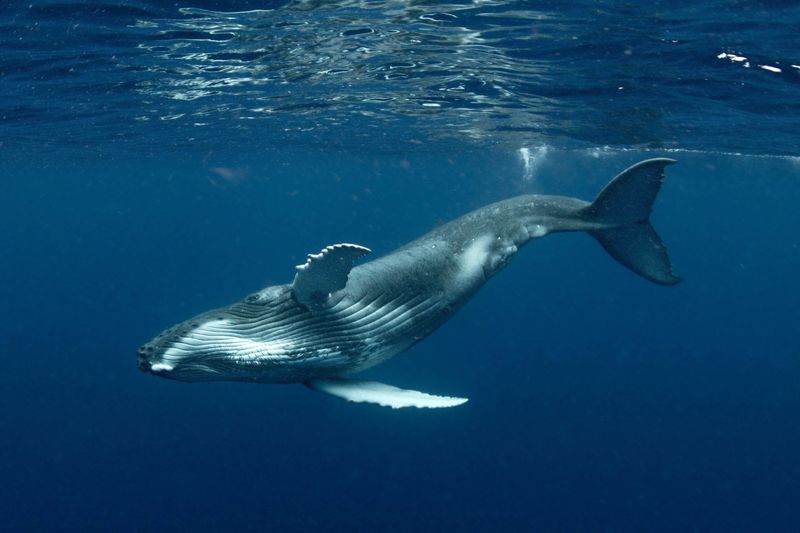Fish breathe with gills
Remember what you have felt while swimming. Even on the warmest summer day, you start to get cold after swimming for a long time, because the body cools faster in water than in the air. We also don't see very well underwater, because there is less light there than in the air. We cannot breathe underwater, because our lungs cannot get oxygen from the water.
Most fish do not have to come to the surface to breathe the air. They constantly pump water through their gills, thus receiving oxygen dissolved in the water. Fish cannot get enough oxygen from the air because their gills dry out when they are not in contact with water. Dry gills cannot obtain oxygen. When oxygen sometimes runs out in the water in winter, many fish come to the holes in the ice to gobble up air, but they die soon.
- In order to obtain oxygen dissolved in water.
- In order to obtain nutrients dissolved in water.
Invertebrates have a variety of ways to obtain air
Crayfish also breathe with gills, and many insect larvae also get oxygen from the water with simpler gill-like organs. Some insects use a breathing tube to obtain air from above the water surface. This is the case, for example, with the water scorpion that looks a little scary. At the back of its body is a siphon resembling a sharp spike, which the insect occasionally stretches out of the water. It is often mistaken for a stinger. The larvae of mosquitoes and many other insects also breathe air with a breathing tube.
- Some breathe with gills.
- Some breathe with lungs.
- Some breathe with a breathing tube.
Amphibians breathe underwater through their skin
Frogs and newts are called amphibians because they reproduce in the water, but live on land as adults. They spend a considerable amount of their adult life still in water, and can breathe in both water and on dry land. In water, these animals breathe through their skin, and if they do not move much, the oxygen they receive through their skin is completely sufficient. However, a swimming or moving frog needs much more oxygen, and has to breathe air on the surface of the water. On land, frogs breathe through both their lungs and skin.
Bonus: Amphibian skin
Amphibians do not drink. In addition to oxygen, amphibians also absorb water through the skin. They cannot stay in the sun for too long on dry land because if the mucus that protects their skin dries out, they will die.
- can breathe both on dry land and in water.
- breathe only through their skin.
- reproduce in water and live on land as adults.
- cannot obtain oxygen from air.
Aquatic mammals come to the surface to breathe
Aquatic mammals – beavers, otters, seals, whales, etc. – breathe with their lungs just like us. However, lungs do not get oxygen from the water because there is much less of it than in the air. Therefore, mammals need to come to the surface to breathe from time to time. Aquatic animals store oxygen better than humans, therefore these animals can hold their breath underwater for much longer than humans.
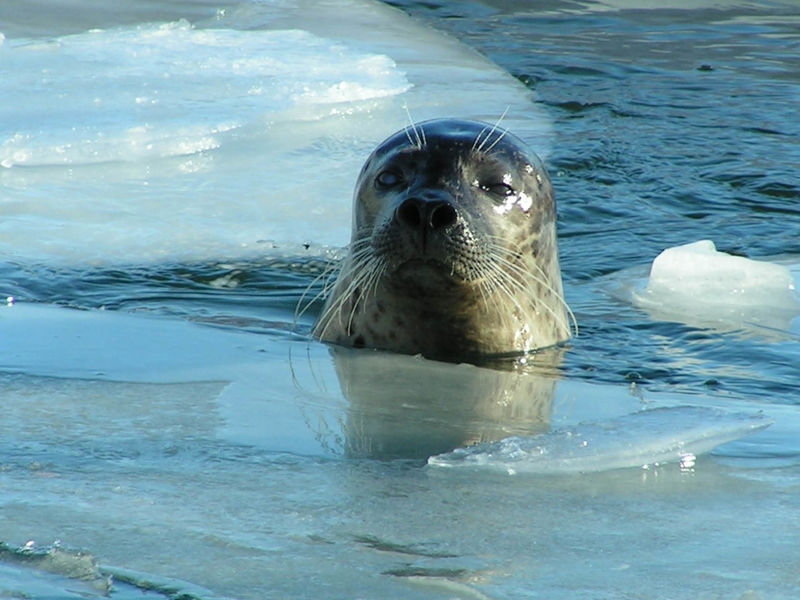
Fish breathe through their . Invertebrates receive oxygen from water through their , or . Amphibians breathe underwater through theirand on land through theirand skin. Mammals breathe through their . Theybreathe underwater.
Think!
- Why can fish breathe underwater, but mammals cannot?
Fish have a streamlined body and fins
It is more difficult to move in water than on land, but aquatic animals have various adaptations to facilitate the movement in water. The bodies of fish and many other aquatic animals are streamlined, i.e. shaped so that water obstructs movement as little as possible. The shape of the fish is usually elongated. Fish swim by bending their body in two directions in an S‑shape.
Fins allow fish to move and manoeuvre in water: the tail fin adds momentum and the other fins are necessary to maintain balance and direct movement. To facilitate the up and down movement, fish have a swim bladder that is filled with gas. Fish reduce the amount of gas in the bladder to dive and increase it to rise to the surface.
- Fins
- Streamlined body
- Webbed feet
- Lungs
- Gills
- Swim bladder
Amphibians have a variety of ways to move in the water
Amphibians have webbing between their toes for swimming. They swim by pushing themselves through the water with their hind legs. Tadpoles move with their tail in the water, since they haven't grown other limbs yet. Newts also move in the water mainly by moving their flat tail. They use their limbs mostly to grab aquatic plants.
uses its limbs to push itself forward in water.
uses its limbs to grab aquatic plants.
Water birds have webbed feet
Many water birds, such as geese, swans, ducks, and gulls, have webbing between their toes to swim in the water. The feathers of most water birds do not get wet. There is a lot of air in their plumage to stay afloat better. When a water bird dives, the water pushes some of the air out of the feathers. Once on the surface, they have to adjust the feathers so that the air can get back between them.
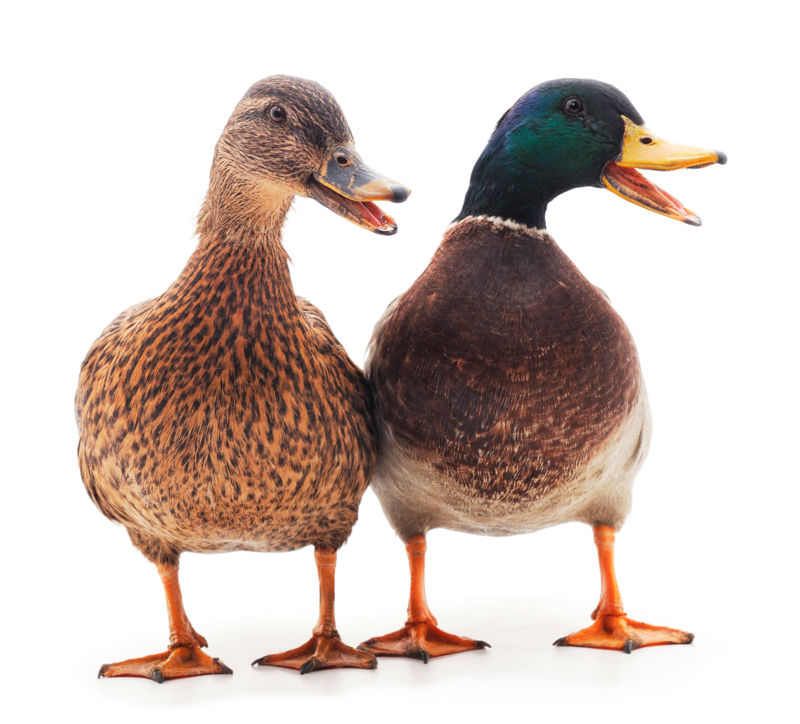
Bonus: The great cormorant
The great cormorant is a bird whose feathers get wet. Therefore, it can dive deeper than most other birds. Feathers that have become wet in water must be dried by waving the wings. Like many other waterbirds, cormorants have webbed feet.
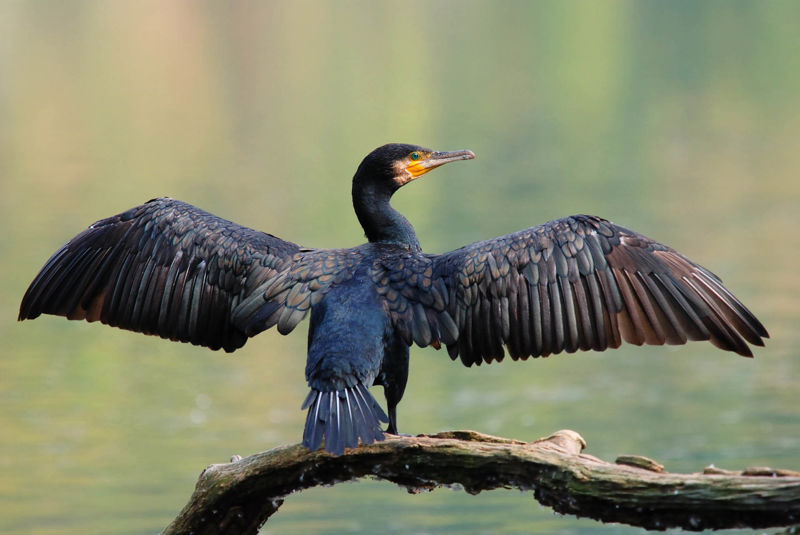
The feathers of water birdsand do not wet because of. Thethat is between the feathers helps birds to stay on the water surface.
Otters and beavers have webbed feet
Otters and beavers have a semi-aquatic lifestyle: they live on the shores of water bodies and go in the water in search of food. They have to move briskly in water as well as on land. They have webbing between their toes for swimming, and they change their direction with their tails.
Frogs use theirto move in water. Tadpoles and newts use their, but otters and beavers use their.
Whales and seals have flippers
Some sea mammals, such as whales and seals, have flippers – broad, flattened limbs that are adapted for moving in the water. Seals have both fore flippers and hind flippers. Whales have only fore flippers, but the tail, which is fin-shaped, allows the whales to move forward at speeds of up to 50 km per hour. Whales, seals, and other aquatic mammals are protected from the cold by a thick layer of fat.
- the skins between the toes of water birds.
- the limbs of mammals that are adapted for swimming.
Important terms
- gills – organs that allow organisms to obtain oxygen from water
- fins – organs that fish use to move in the water
- flippers – broad, flattened limbs of mammals that are adapted for moving in the water
I now know that…
Fish use gills to obtain the oxygen dissolved in water. The larvae of many insects obtain air from the surface with a breathing tube. Amphibians breathe through their skin in the water. Mammals must come to the surface to breathe. To move in the water, fish have a streamlined body and fins. Birds, otters and beavers have webbed feet, and whales and seals have flippers.

